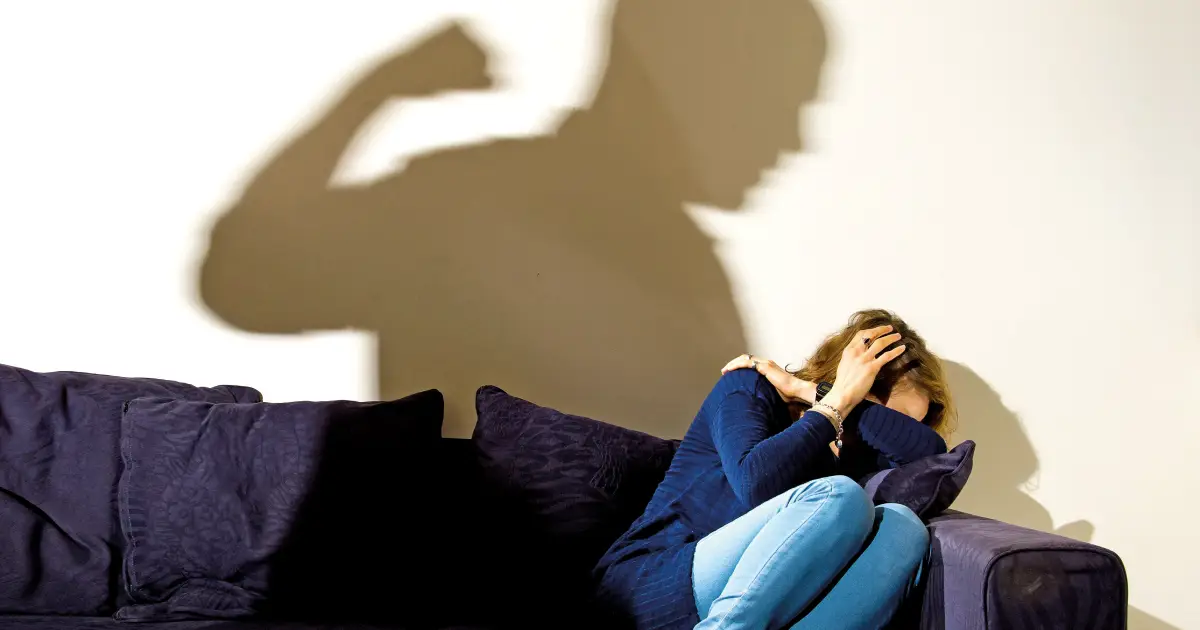Challenging 12 Misconceptions – Understanding the Reality of Domestic Abuse

Domestic abuse (also called “domestic violence” or “intimate partner violence”) involves a series of incidents or continuous behaviours that are controlling, threatening, degrading, or violent. It is most often carried out by a partner or ex-partner but can also involve family members or carers. At its core, domestic abuse is about the misuse of power and control over another person in various damaging ways. According to the World Health Organisation (WHO) estimates, approximately 30% of women globally have experienced either physical/sexual violence from an intimate partner or non-partner at some point in their lives.
Society’s Misunderstandings about Domestic Abuse
1. Domestic abuse is always physical:
Domestic abuse is not limited to physical violence. Forms of domestic abuse include:
• Controlling and coercive behaviour
(intimidation, isolation, threat of violence)
• Emotional and psychological abuse
• Physical or sexual harm
• Financial manipulation or exploitation
• Stalking and harassment
• Digital or online abuse
2. Domestic abuse is a private issue and isn’t that common:
Domestic violence has significant social repercussions, ranging from legal and healthcare costs to lasting psychological impacts on survivors. It is alarmingly prevalent across all demographics, and referring to it as a “private matter” diminishes its severity and enables it to continue. In fact, 74% of Europeans believe that domestic abuse is now widespread in their country.
3. Women are as likely to be abusive as men:
Domestic abuse can affect anyone, regardless of their age, race, gender, sexual orientation, religion, or social class. Both men and women can be victims of interpersonal violence and abuse, but there are significant differences in how it affects them. Women tend to experience abuse more frequently, with more severe consequences, and are at greater risk of serious harm or death. They are also more likely to live in fear and endure controlling and coercive behaviour. For men, abuse isn’t tied to wider societal inequalities, whereas for women, it’s often rooted in gender inequality, intersecting with other forms of discrimination. Male violence towards women is linked to issues like sexism and misogyny, which can justify abusive actions and make it harder for women to seek support and escape abusive relationships.
4. There’s no connection between pornography and violence against women:
The increasingly violent and misogynistic content in pornography contributes to harmful attitudes toward women. It normalises abuse and supports the idea that women exist for male pleasure, feeding a culture that enables violence against women.
5. Domestic abuse is just a normal argument or a crime of passion:
Domestic abuse is about control, not just a loss of temper or occasional disagreements. Abusers consciously choose when and how to act, often behind closed doors where there are no witnesses. Abuse goes beyond normal relationship arguments, as it aims to manipulate, dominate, and instil fear in the victim
Harmful Beliefs About Women in Abusive Relationships
6. If it was really bad, she would just leave:
Leaving an abusive relationship is not easy. Relationships often start with love, and abuse develops gradually, making it difficult to break free. Many factors, such as fear, emotional attachment, financial dependence, and isolation, make leaving extremely challenging. Women in these
situations need understanding and support, not judgement.
7. Women lie about abuse or are attracted to abusive men:
False accusations of abuse are rare. Abusers often appear charming and loving at first, making it difficult for their victims to predict future violence. Suggesting that women lie or are “attracted” to abuse blames the victim and discourages them from coming forward for help.
8. Women are more likely to be harmed
by strangers than partners:
In reality, women are far more likely to be assaulted, raped, or murdered by a partner or someone they know than by a stranger. Domestic abuse is prevalent in intimate relationships, making home a dangerous place for many women.
Misconceptions About Male Behaviour
9. A father can be a good parent even if he abuses their mother:
Children who witness abuse are deeply affected, often experiencing long-term emotional and psychological damage. In many cases, children are also directly targeted by the abuse. Domestic abuse always impacts children, whether directly or indirectly, making it impossible to separate a father’s behaviour from his role as a parent. Additionally, a father who abuses the mother of his children is likely to display similar behaviour towards the children themselves.
10. Men who abuse their partners are mentally ill:
There is no evidence to support the idea that mental illness causes domestic abuse. Abuse is a choice, and mental health problems should never be used to excuse violent or controlling behaviour.
11. Alcohol or drugs are to blame for domestic violence:
While alcohol or drugs may exacerbate violent behaviour, they are not the root cause of abuse. Many people consume substances without becoming abusive. The responsibility for violence always lies with the perpetrator, not external factors like alcohol or drugs.
12. Men who grew up with domestic violence are bound to become abusers:
Although some abusers may have witnessed violence as children, most people who experience abuse growing up do not become abusers themselves. Witnessing domestic violence is never an excuse for violent behaviour later in life.

Dr. Danai Serfioti – Chartered Psychologist, Senior Lecturer in Clinical & Occupational Psychology
What's Your Reaction?
Dr. Danai Serfioti | Dr D | Chartered Psychologist Senior Lecturer in Clinical & Occupational Psychology, UK Discover more and work with me: https://www.drdserfpsychology.com/ https://linktr.ee/drdserfpsychology Δρ Δανάη Σερφιώτη | Dr D | Ψυχολόγος Καθηγήτρια Πανεπιστημίου στην Κλινική & Εργασιακή Ψυχολογία Ανακάλυψε περισσότερα & συνεργάσου μαζί μου: https://www.drdserfpsychology.com/el https://linktr.ee/drdserfpsychology



